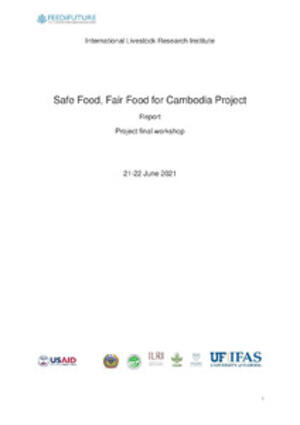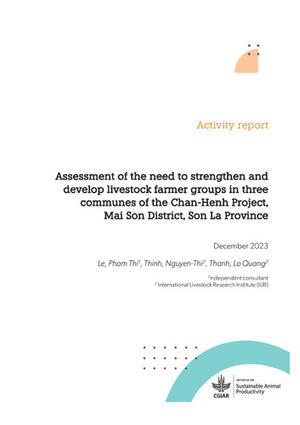
Prevalence and associated risk factors assessment of bovine fasciolosis in the Imbo Region, Burundi
Abstract
Fasciolosis is a zoonosis that limits the productivity of ruminants worldwide, but there is a lack of information on its occurrence in Burundi. Therefore, this study aimed to fill the information gap by determining the prevalence and risk factors associated with bovine fasciolosis in the Imbo Region of Burundi. Two prevalence studies were conducted in parallel in the five communes of the five provinces in the Imbo region. In the first study, a total of 426 fecal samples were collected from randomly selected cattle farms and microscopically examined to determine Fasciola egg burden. Survey data on cattle husbandry were collected from owners of these cattle and analyzed to determine the risk factors for bovine fasciolosis. In the second study, 467 cattle were randomly selected in abattoirs and their livers were examined postmortem to determine liver fluke burdens. Data were entered separately into Microsoft Excel and analyzed using R software. The overall prevalence of bovine fasciolosis was 47.7% (42.9–52.4, 95% CI) for microscopic examination and 33.2% (28.9–37.5, 95% CI) for postmortem examinations. The majority of positive cattle (60.6%) had light intensity infections as determined by eggs per gram of feces (epg). Postmortem examinations corroborated these results and indicated that 80% of cattle had light intensity infections. Chi-square analysis showed a statistical association with the presence of bovine fasciolosis and the age, sex, and origin of cattle and the practices of cattle owners (P < 0.05).
Citation
Nkurunziza, S., Nishemezwe, G., Ntirandekura, J.B., Niyokwizera, P., Nyabongo, L., Omore, A. and Odhiambo, R. 2024. Prevalence and associated risk factors assessment of bovine fasciolosis in the Imbo Region, Burundi. Parasitology Research 123:33.









